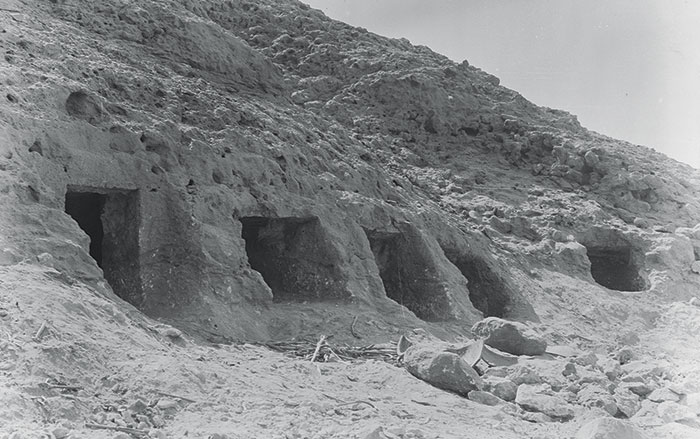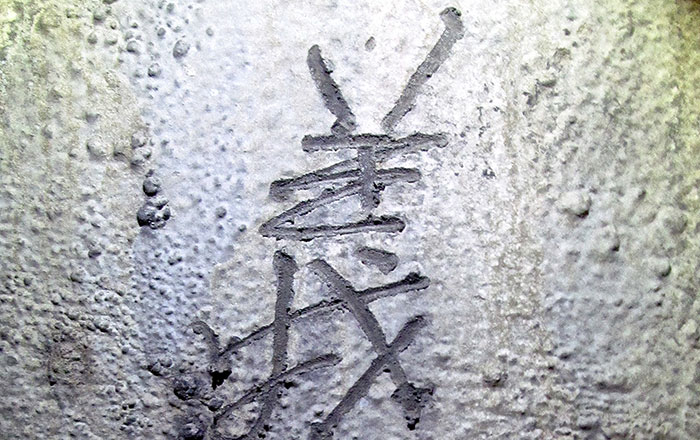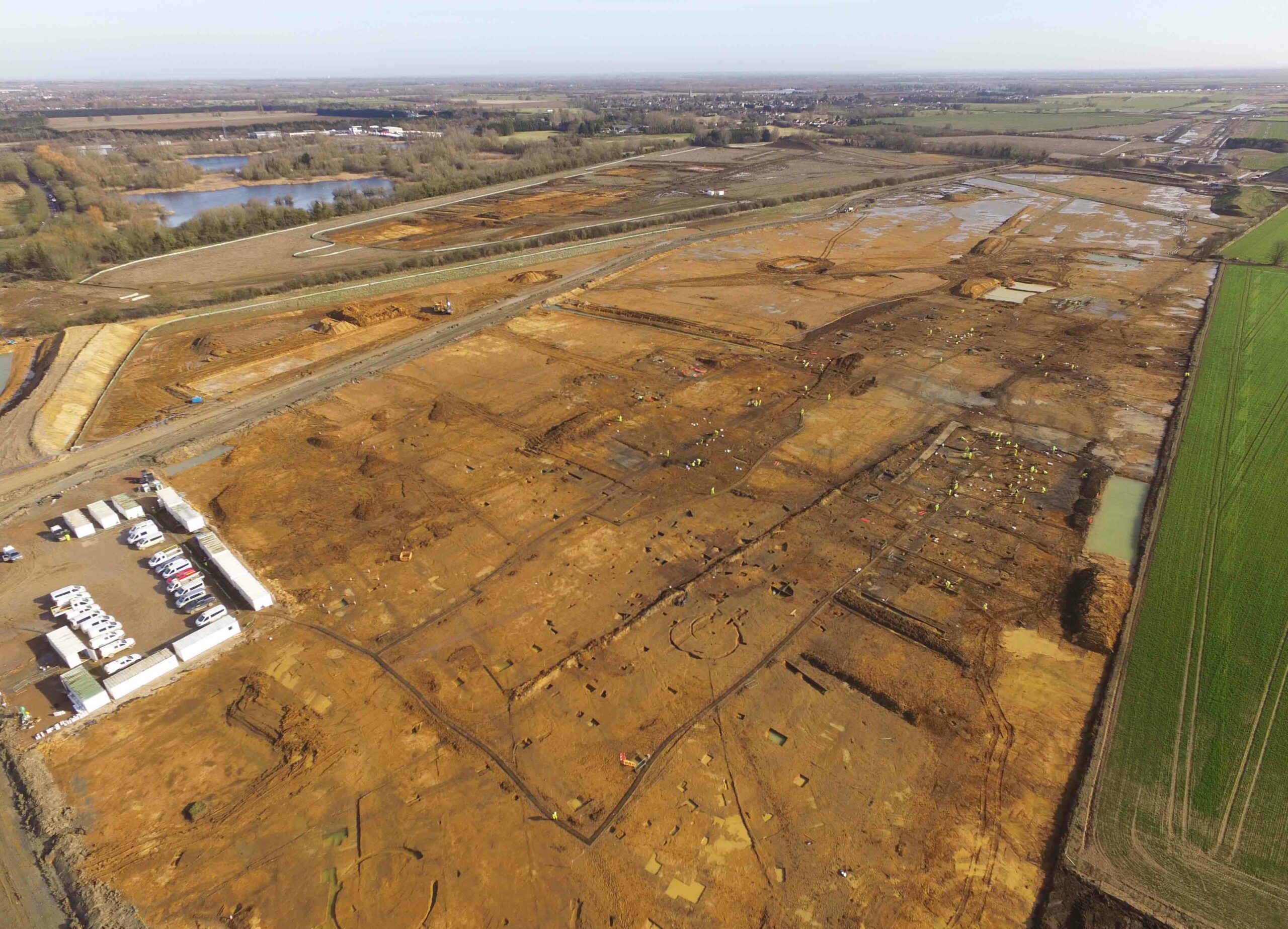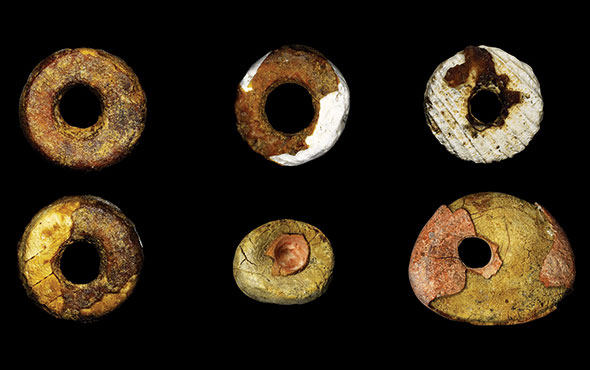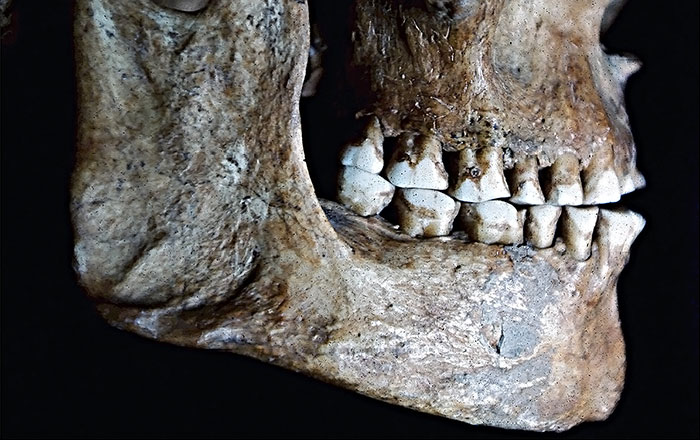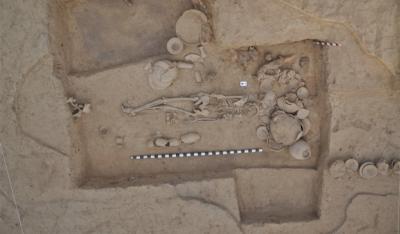
CAMBRIDGE, MASSACHUSETTS—According to a Live Science report, Vagheesh Narasimhan of Harvard Medical School and his colleagues were able to obtain a viable DNA sample from the remains of one of 61 individuals buried some 5,000 years ago in a cemetery in northern India. This is the first time that scientists have been successful in extracting genetic material from a member of the ancient Harappan civilization of the Indus Valley, which covered parts of what are now Afghanistan, Pakistan, and northwestern India, because the region’s heat and humidity cause genetic material to degrade rapidly. Analysis of the genome suggests the ancient inhabitants of the Indus Valley are linked to modern South Asians, and that they developed farming independently, since the individual’s genes had diverged from those of other early farming cultures, Narasimhan explained. In a related study of more than 500 people who lived in South and Central Asia over the past 8,000 years, researchers identified 11 individuals unearthed at archaeological sites outside of the Indus Valley with genetic data closely linked to the Indus Valley individual. Narasimhan said it had been noted that their burials were unusual for their locations, and suggested that they may have been migrants who left the Indus Valley. “Population mixture and movement at very large scales is just a fundamental fact of human history,” Narasimhan said. More DNA samples are needed to shed light on these relationships, he added. To read about a recently discovered burial of a Harappan couple, go to "A Plot of Their Own."




